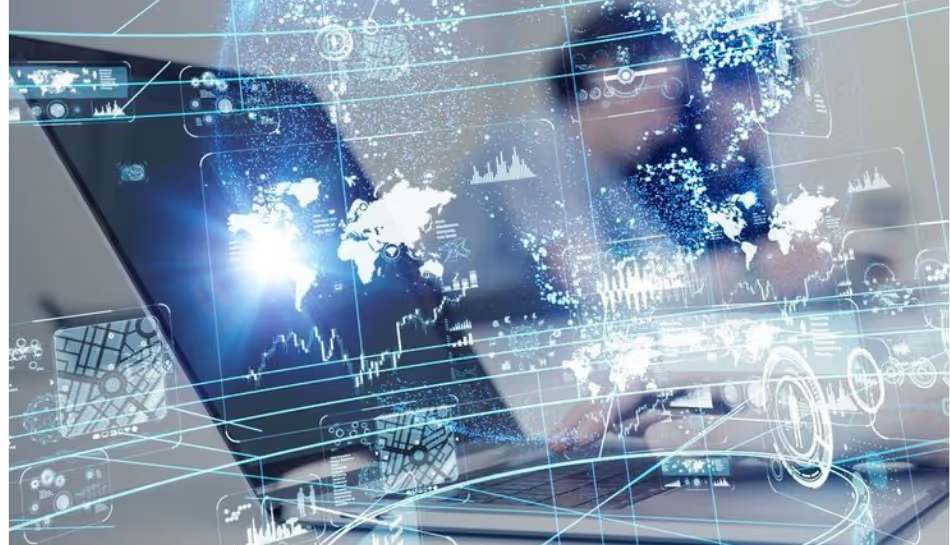Predictive Analytics
What Is Predictive analytics Predictive analytics is like having a crystal ball for your data. It uses past trends and patterns to forecast what's likely to happen in the future.
For example, a doctor might use predictive analytics to estimate a patient's risk of developing a disease based on their medical history and lifestyle. In business, a company could predict future sales by analyzing customer behaviour and seasonal trends.
Using advanced predictive analytics solutions like machine learning and statistical models, predictive analytics identifies patterns in data that allow businesses and individuals to make educated guesses about future events. While it doesn't guarantee what will happen, it provides valuable insights to guide decisions.
In short, predictive analytics is a powerful tool that helps people and organizations anticipate the future by analyzing past and present data, enabling them to make better decisions and prepare for upcoming trends or challenges.
Frequently Asked Questions:
What is predictive analytics?
It is the process of predicting future events using statistical algorithms, machine learning, and historical data.
How does predictive analytics work?
It analyses patterns in historical data to predict trends, behaviours, and events.
What is the main goal of predictive analytics?
To anticipate future scenarios and help in proactive decision-making.
How is predictive analytics different from diagnostic analytics?
Diagnostic explains why something happened, while predictive estimates what is likely to happen next.
What tools are used in predictive analytics?
Popular tools include IBM SPSS, SAS, RapidMiner, and Python-based libraries like Scikit-learn.
Can predictive analytics be integrated into ERP or CRM systems?
Indeed, predictive analytics tools are now integrated into a lot of ERP and CRM systems.
Which industries use predictive analytics?
It is common in retail, healthcare, finance, logistics, and marketing.
What kind of data does predictive analytics require?
Clean and structured historical data combined with real-time inputs for accuracy.
What are the benefits of predictive analytics?
It helps reduce risks, optimise resources, improve customer targeting, and increase operational efficiency.
What are examples of predictive analytics?
Forecasting product demand, predicting customer churn, or estimating loan default probabilities.


